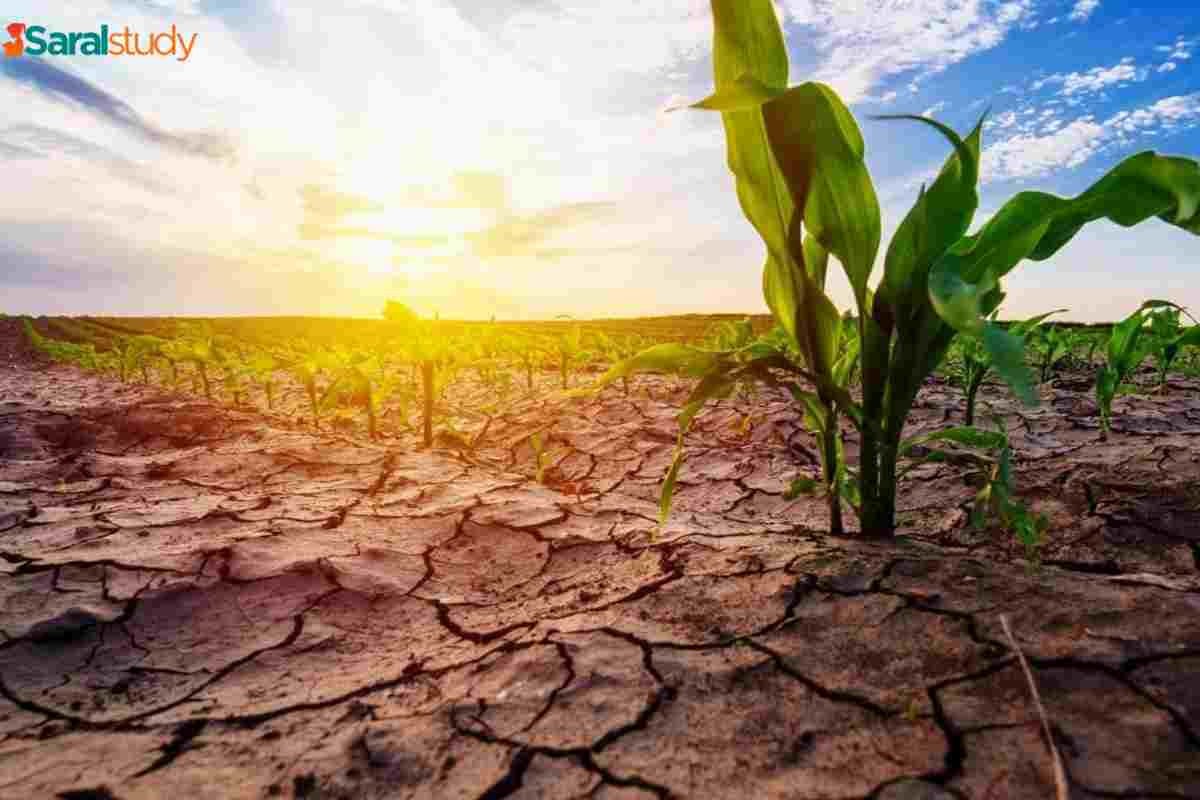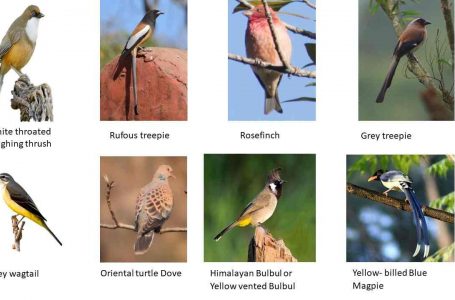Top 10 Reasons for Droughts in India

Droughts are one of the scariest and deadliest natural calamities. Droughts have claimed innumerable lives in India in the 18th, 19th and 20th centuries. Since agriculture is one of the main livelihood sources in India and it is dependent on rainfall and water supply, a shortage in water affects agriculture badly resulting in famine and causes deaths on a large scale.
Table of Contents
Location
Certain regions in India are drought prone. These areas receive an annual rainfall upto 60 cm and hence are severely affected where the monsoons aren’t enough. The Irrigation Commission of India has identified 67 districts in the country that are drought prone. Some of the states that have been identified as drought prone include Rajasthan, Odisha, Andhra Pradesh, Northern Karnataka and Maharashtra.
Inadequate Rainfall
Inadequate or failure of monsoons is a major reason for droughts in India. Inadequate rainfall causes crop failure which leads to famines. Several famines have ravaged the country time and again and have claimed millions of deaths over the centuries.
Lack of water vapour in the atmosphere
This is also related to rainfall to low or erratic monsoons. When there is less water in the atmosphere, the moisture present in the soils tends to evaporate into the atmosphere. However, this leaves the land barren and produces low yield of crops, resulting in famine.
Climate change
The increasing heat during the summers causes more water to evaporate and unless there is rain to compensate for the loss, droughts are imminent. Even burning of fossil fuels are contributing to climate change and imminent rise in temperature, thus evaporating more and more water from the land surface.
Ocean temperatures
The El-Nino effect has been held responsible for controlling monsoons in the Indian subcontinent. Abnormally high sea surface temperatures have resulted in increased evaporation and heavy rains across many places in India. However, a contrasting phenomenon that instead of the high pressure air mass above the southern part of the Indian Ocean, the El-Nino creates a low pressure which pulls out dry air from Central Asia and dehydrates the Indian landmass.
Changes in Jet Stream
Jet streams are narrow bands of air that move around the earth at very high speeds. Jet streams can stall a high pressure system resulting in sunny weather and no rain. This is again a major contributing factor to droughts.
Changes in local landscape
Deforestation, changes in the vegetation type and drainage issues are some of the changes in the landscape that can cause droughts. Due to these factors, the water retention capacity of the soil is reduced and hence droughts are caused.
Hydrological Drought
This kind of drought is caused when water reservoirs, man-made and natural, experience depletion due to high temperatures. This can affect agriculture and hydel projects.
Meteorological Drought
This kind of drought is caused due to insufficient precipitation. There is not much water in the soil or water reservoirs for the rain cycle and hence a drought is caused.
Agricultural Drought
This kind of drought is caused due to many reasons. Insufficient precipitation, high levels of evapo-transpiration and reduced groundwater table can pose serious threats to agriculture and related industries.
Inadequate Agricultural Practices
Rainwater harvesting and creating storage and reservoirs for storing water is an important and essential step to prevent droughts. However, in many regions such practices are not followed and this results in severe losses in case of droughts.





